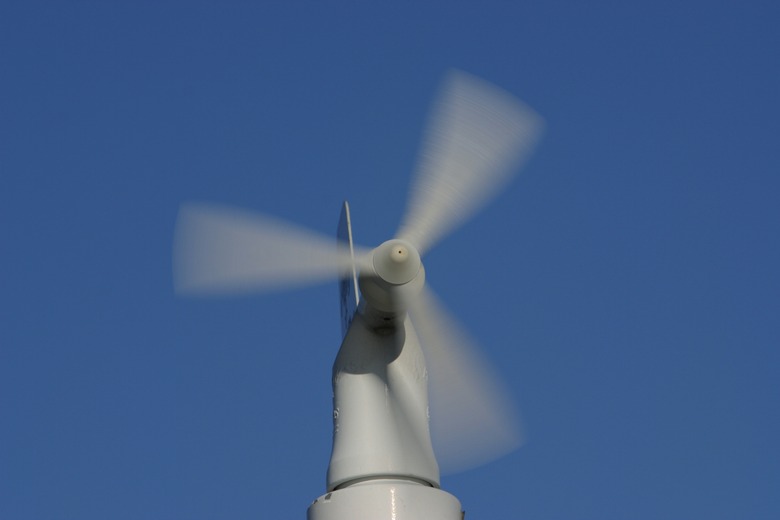Ideas For Projects On Energy In The Fifth Grade
Fifth grade students learn about different kinds of energy in science class. They explore how energy companies collect and store different energies for use. Teaching students about renewable and nonrenewable sources of energy gives them the necessary information to become better energy consumers. Educated consumers make better energy choices that may reduce the negative human impact on the planet.
Solar Energy
Solar Energy
The sun produces more energy that the human population needs. Fifth-graders learn how to use solar energy to reduce the need for fossil fuels. Students compare and contrast the cost and effectiveness of different kinds of solar cells and which geographic areas offer the best conditions for building solar arrays. Students can experiment with solar power by constructing a solar water heater, solar oven or brewing tea in a glass jar sitting in direct sunlight. Students brainstorm ideas each person can implement to use solar power.
Simple Batteries
Simple Batteries
Fifth-graders explore how to store energy by building any one or more of three simple batteries. Students can use brass or copper and zinc to create a simple battery from potatoes. An alternate acid battery uses a lemon, a penny and a nail. The third option uses aluminum foil, activated charcoal and salt water to power a DC battery. Students learn they can create electricity various ways to power small appliances.
Hydroelectric Energy
Hydroelectric Energy
Some communities harvest electricity from water through hydroelectric dams. Fifth-graders take a virtual field trip through a hydroelectric dam using the Foundation for Water and Energy Education website. They will learn how power companies create energy from water. Additional materials on the website take them into a hydroelectric generator, hydroelectric facts and how hydroelectricity works. After the field trip, students build a miniature water power experiment of their own to experience why engineers build dams with the power plant facility at the base of the dam.
Wind Energy
Wind Energy
Fifth grade students explore wind energy as a renewable source of energy. They learn the Beaufort Scale and utilize observation skills to determine relative wind speed over the course of a week. Students explore the school environs, a local map and satellite maps to determine local areas that could support turbine farms. Students construct a wind turbine model to explore how to harness wind energy. Students can further explore wind energy using the Foundation for Water and Energy Education website clip on "How Wind Turbines Generate Electricity."
Cite This Article
MLA
Barr, Kathryn Rateliff. "Ideas For Projects On Energy In The Fifth Grade" sciencing.com, https://www.sciencing.com/ideas-projects-energy-fifth-grade-12009982/. 24 April 2017.
APA
Barr, Kathryn Rateliff. (2017, April 24). Ideas For Projects On Energy In The Fifth Grade. sciencing.com. Retrieved from https://www.sciencing.com/ideas-projects-energy-fifth-grade-12009982/
Chicago
Barr, Kathryn Rateliff. Ideas For Projects On Energy In The Fifth Grade last modified August 30, 2022. https://www.sciencing.com/ideas-projects-energy-fifth-grade-12009982/
